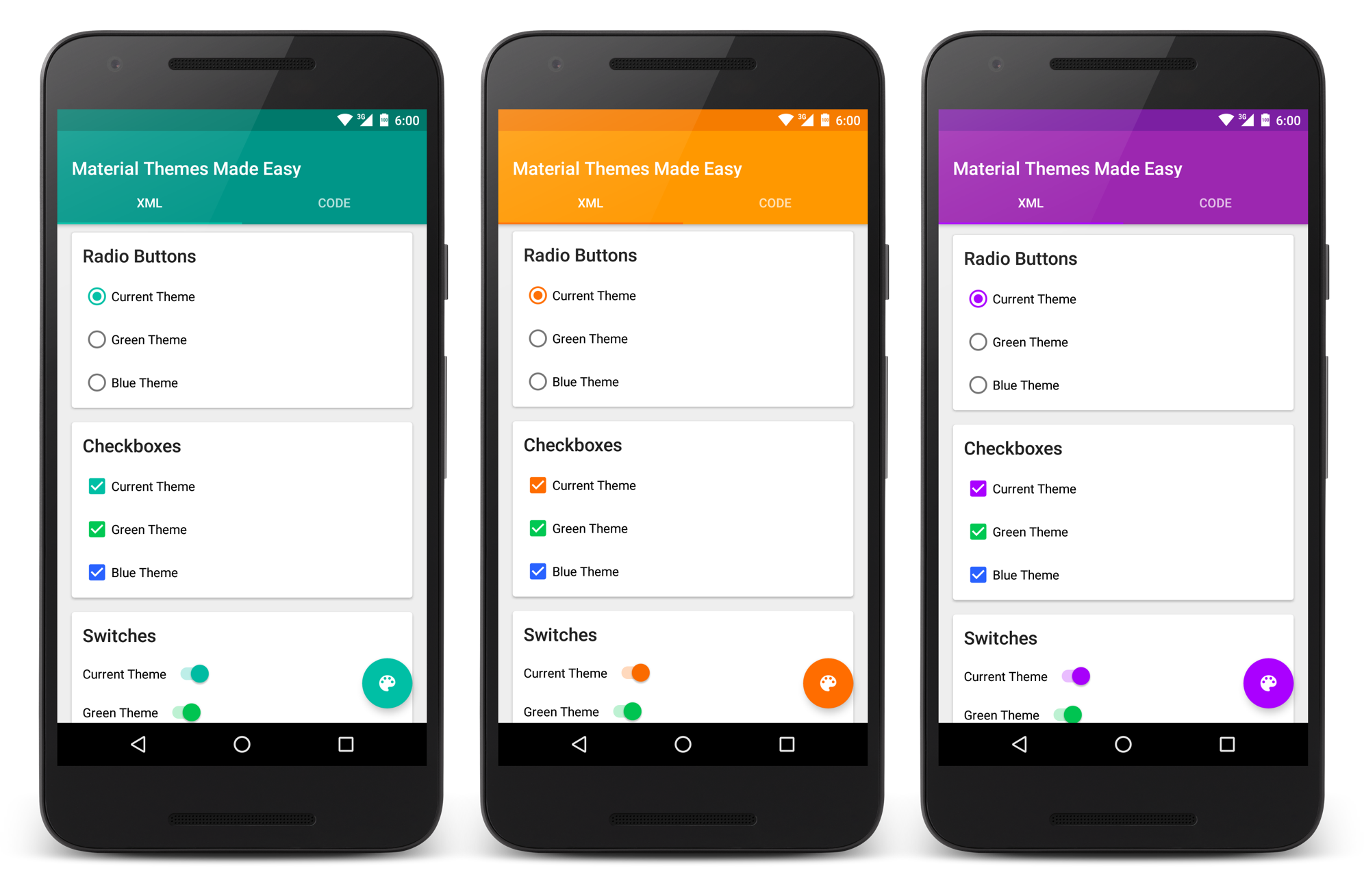

Only reason I told you to paste the same code as mine is to make sure both of us are on the same page and the rest of the tutorial makes perfect sense.īefore we actually begin with our dark theme implementation, let us see the usual way we set colors(highlighted in below snippet) to widgets and layouts.

It doesn’t really matter what the layout is. Once the project is ready, clear the boiler plate code in activity_main.xml and paste the following code in the same file. Go ahead and create a new Android Studio Project. So today I am going to explain you how you can implement dark theme in your app in the easiest way possible by giving a short and to the point example. It is an healthy option as it emits less blue light (and people like me find it cool as well 😺). Dark Theme in the YouTube UI clone I createdĭark theme, nowadays, is one of the most demanding features that interests the audience of an app or a website.


 0 kommentar(er)
0 kommentar(er)
